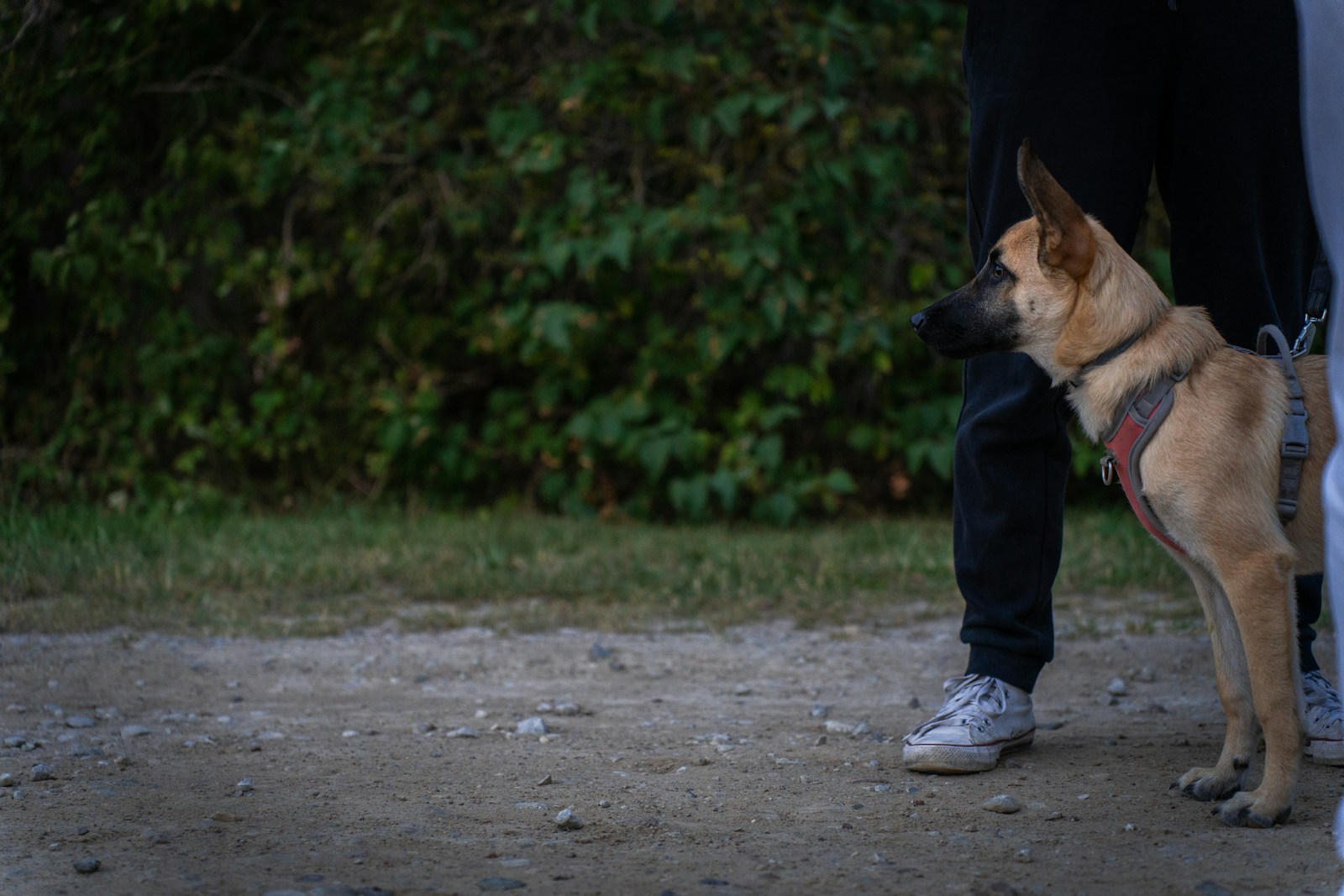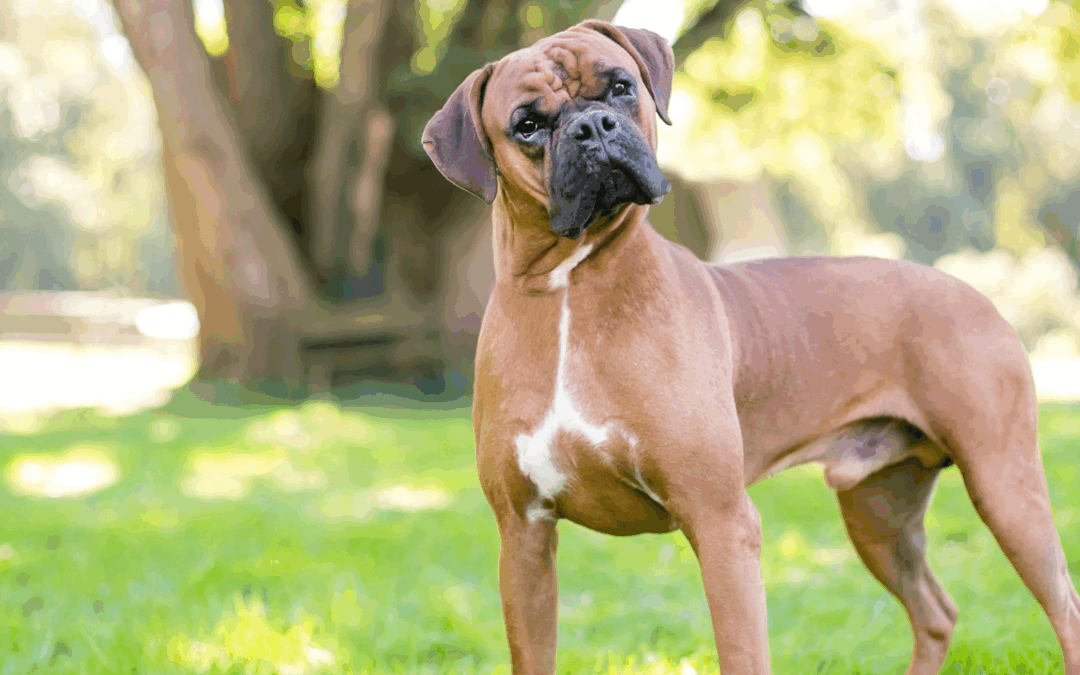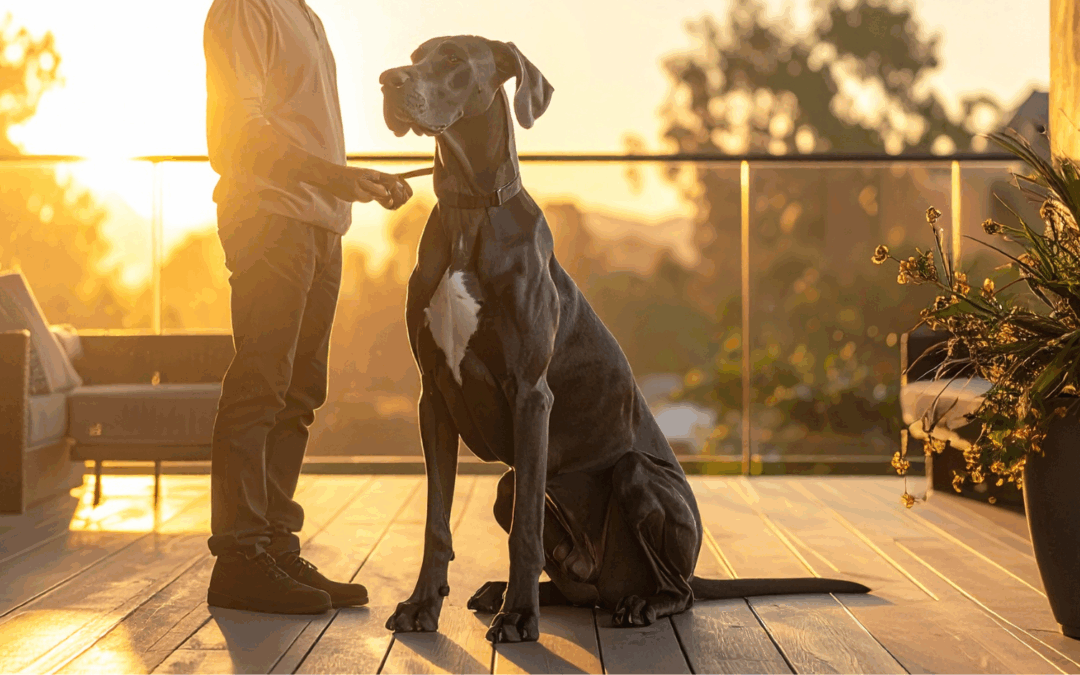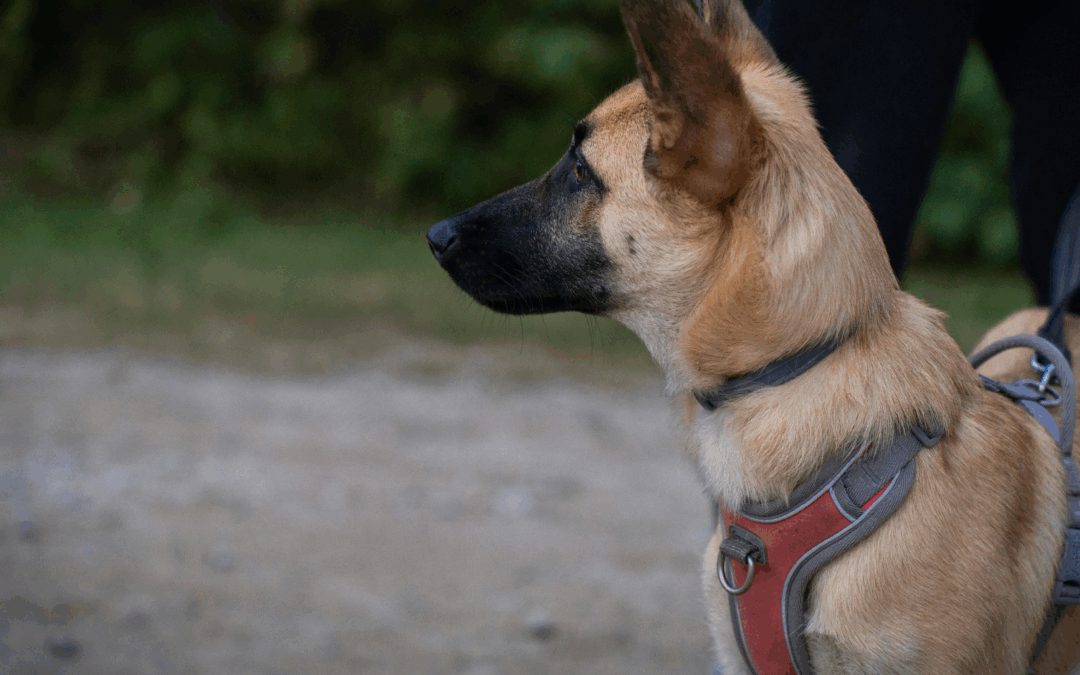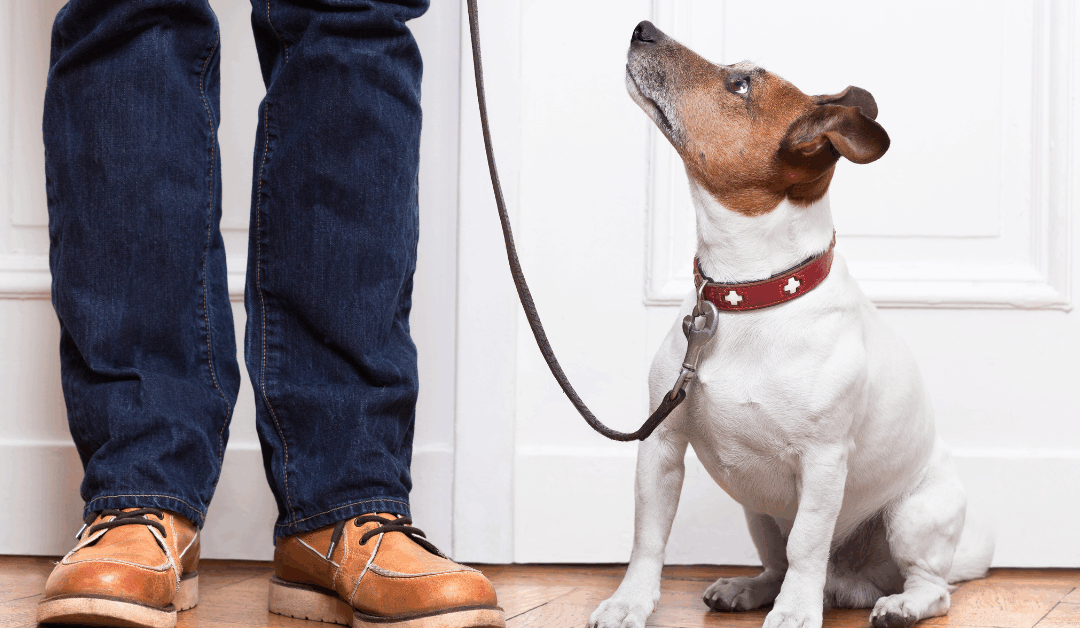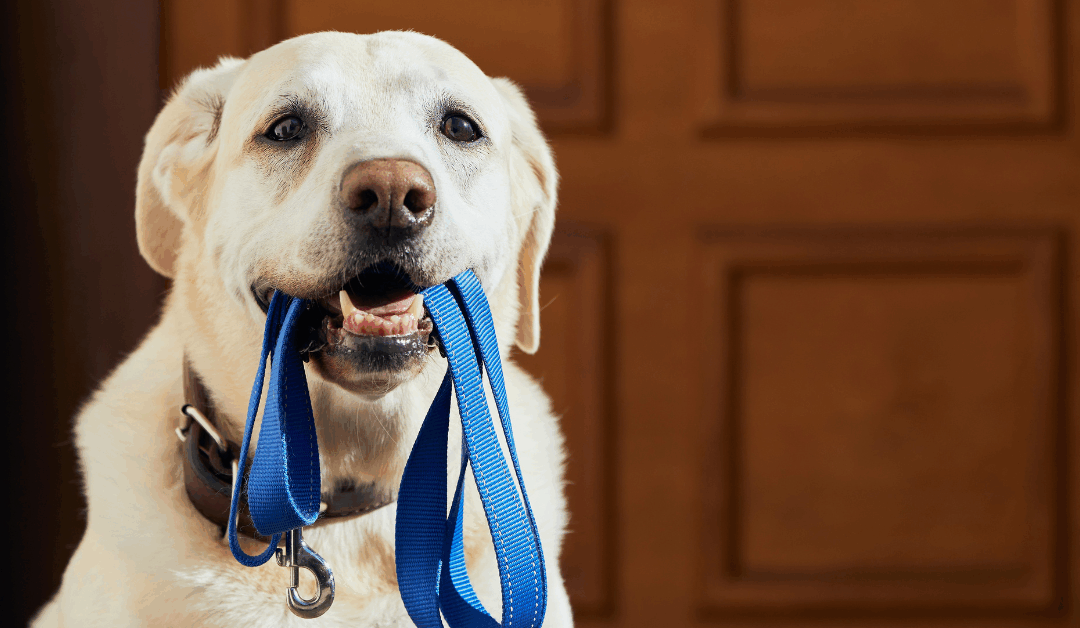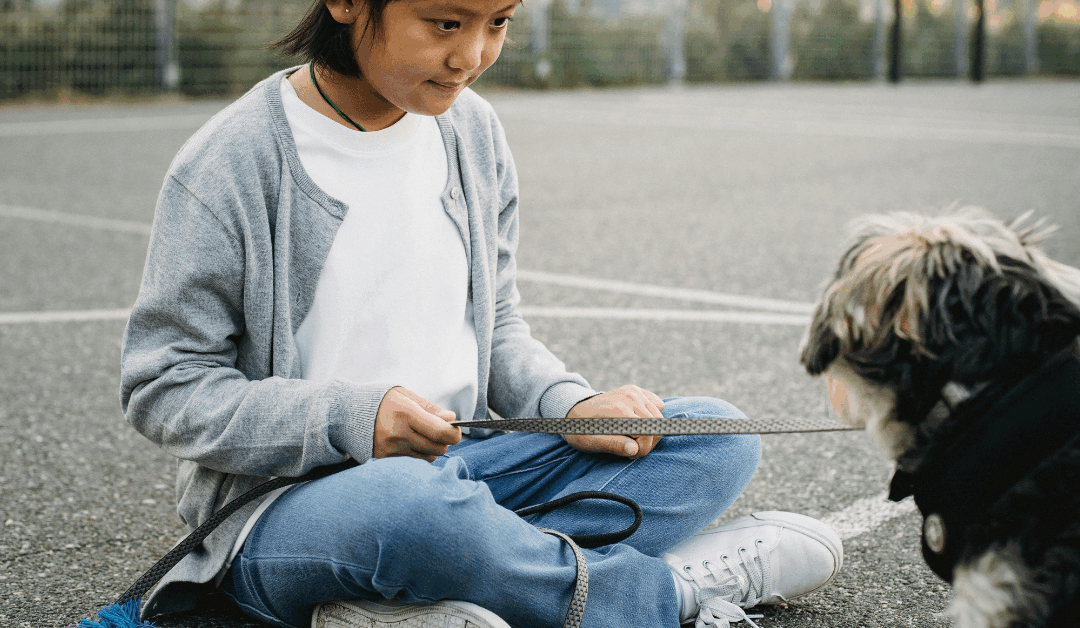Let me be real with you—reactive dogs aren’t “bad” dogs.
Whether it’s barking, lunging, or freezing up on walks, your dog isn’t giving you a hard time—they’re having a hard time. As professional dog trainers who’ve worked with hundreds of reactive dogs, we can tell you: the transformation is possible.
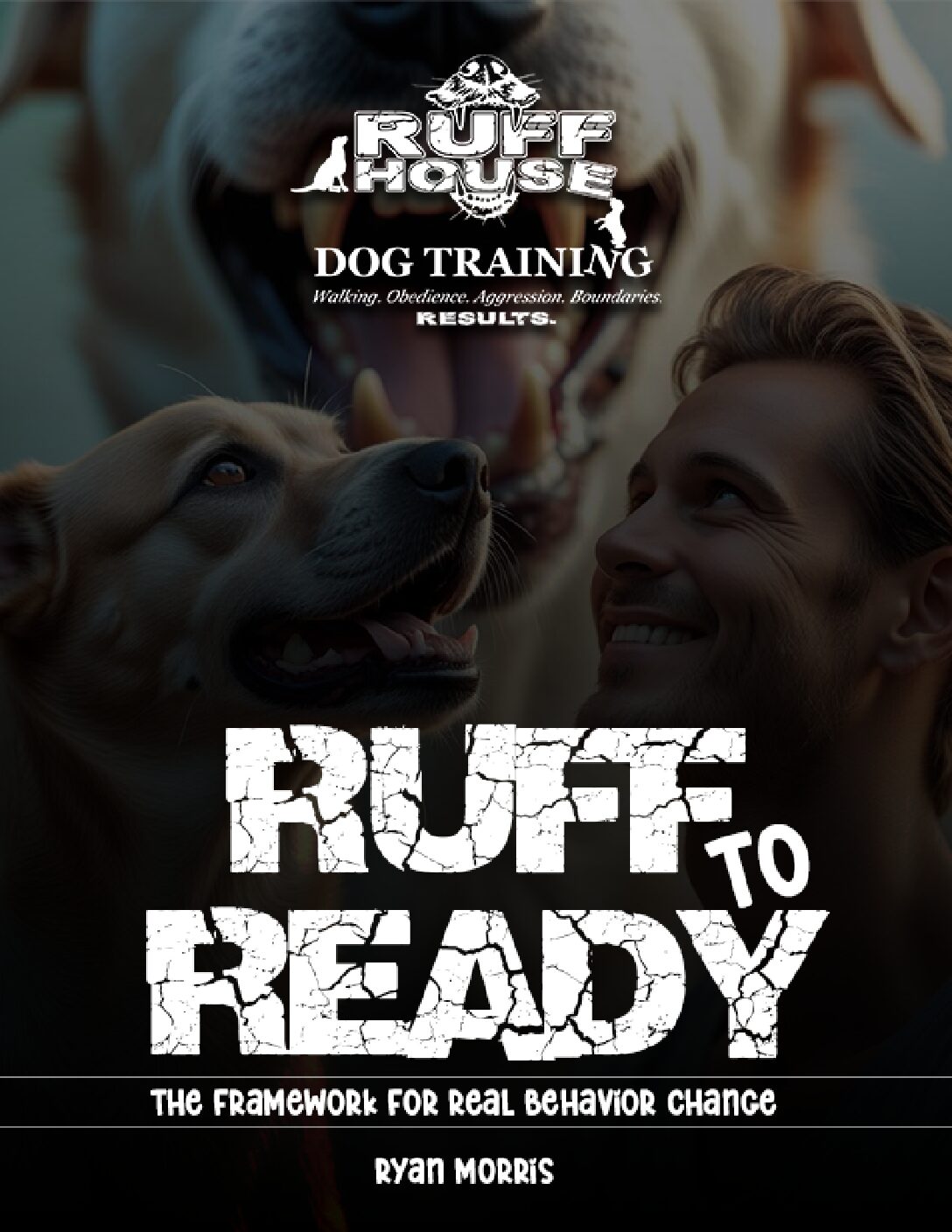
Unlock Real Behavior Change – Download Your Free Guide Now
"*" indicates required fields
So if you’re feeling overwhelmed or embarrassed every time your dog loses it on a walk, this blog is for you. Because of reactive dog training? It’s not just a training plan—it’s a life upgrade for both of you.
Living with a reactive dog can feel isolating and exhausting. Most people don’t realize how much reactive behavior limits their life—until it doesn’t anymore. But here’s what we’ve learned from years of helping dog owners just like you: reactive dog training isn’t about quick fixes or forcing obedience. It’s about giving your dog the tools they need to feel safe and confident while rebuilding the connection between you two.
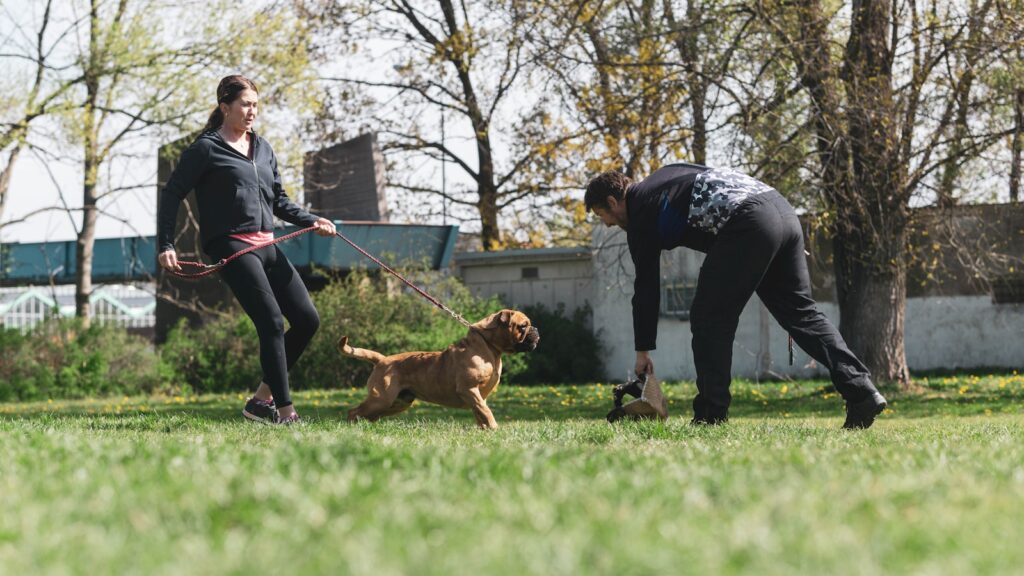
Photo by Anna Dudkova on Unsplash
1. Reactive Dog Training Builds Real-World Impulse Control
We’re not just teaching “sit” and “stay”—we’re rewiring how your dog thinks when a trigger appears.
Whether it’s bikes, other dogs, or that dreaded UPS truck, reactive dog training focuses on developing impulse control in everyday situations. Your dog learns to pause, focus, and respond instead of react. This isn’t about suppressing their feelings—it’s about teaching them better coping strategies.
Here’s how impulse control training and counter conditioning works for reactive behavior:
- Counter conditioning: We change your dog’s emotional response to triggers by pairing them with positive experiences.
- Threshold management: Teaching aggressive dogs to notice triggers without going over their emotional threshold
- Redirection techniques: Giving your dog alternative behaviors to perform when they encounter their triggers
One of our clients had a dog who would lunge at squirrels during every walk. Through consistent impulse control training, her pup went from lunging at every small creature to calmly walking past them. Magic? Nope—just structure, practice, and some really good chicken.
The key is working at your dog’s pace and building their confidence gradually. When dogs learn they can handle challenging situations without losing control, their overall stress levels decrease significantly.
2. It Deepens the Bond Between You and Your Dog
Reactive dog training isn’t about control—it’s about connection.
Through this training process, you’ll learn to read your dog’s body language, understand their stress signals, and respond with empathy instead of frustration. We use positive marker words, clear structure, and yes—even some laughs along the way—to help you become your dog’s safe space.
This deeper connection develops through:
- Understanding your dog’s triggers: Learning what specific situations cause stress for your dog
- Recognizing early warning signs: Catching stress signals before your dog reaches their threshold
- Building trust: Showing your dog that you’ll advocate for them in difficult situations
- Clear communication: Using consistent cues and body language, your dog can understand
This is where the magic happens—you go from managing your dog to truly understanding them. Many dog owners tell us that reactive dog training transformed not just their walks but their entire relationship with their pet.
When your dog learns they can count on you to keep them safe and make good decisions, they naturally become more focused on you and less worried about potential threats in their environment.

Photo by Leo_Visions on Unsplash
3. You’ll Finally Get Your Life (and Walks) Back
Most people don’t realize how much reactive behavior limits their daily routine until they start making progress.
Want to walk your dog without crossing the street every time someone with a golden retriever appears? We’ve got you. Through structured leash work, “watch me” commands, and calm responses, you’ll gain the tools and confidence to walk with pride, not panic.
Here’s what changes when you reclaim your walks:
- No more route planning: You won’t need to map out walks to avoid other dogs or people.
- Stress-free outings: Both you and your dog can actually enjoy being outside together.
- Social opportunities: You can focus on meeting neighbors instead of avoiding them.
- Exercise consistency: Regular walks become possible, improving your dog’s physical and mental health.
The transformation often happens gradually. First, you’ll notice your dog can walk past triggers at a distance. Then that distance gets smaller. Eventually, you’ll realize you’ve walked through your entire neighborhood without a single reactive episode.
This freedom extends beyond just walks. Dog owners often find they can bring their dogs to more places, have visitors over without stress, and generally include their pets in more aspects of their daily lives.
4. It Helps Your Dog Feel Safe, Not Just ‘Obedient’
Most reactivity comes from fear, not dominance or stubbornness.
Through counter conditioning and careful exposure, we change the emotional response to triggers—so your dog doesn’t just act calm, they actually feel calm. This isn’t about forcing compliance or using intimidation tactics. We focus on education over punishment, building trust and emotional resilience.
Fear-based behavior requires a different approach than simple disobedience:
- Addressing the root cause: Working on your dog’s emotional state rather than just suppressing behaviors
- Building confidence: Helping your dog develop coping skills for stressful situations
- Creating positive associations: Teaching your dog that scary things can predict good things
- Respecting your dog’s limits: Never forcing interactions that make your dog uncomfortable
When dogs feel genuinely safer and more confident, their reactive behaviors naturally decrease. This is why punishment-based methods often fail with reactive dogs—they address the symptom but make the underlying fear worse.
Our training philosophy focuses on helping your dog navigate the world with confidence rather than just teaching them to hide their discomfort. The difference shows in everything from their body language to their willingness to explore new places.
5. It Sets You Both Up for Long-Term Success
At Ruff House Dog Training, we don’t do quick fixes or cookie-cutter methods.
Every reactive dog training plan is custom-tailored to your dog’s specific triggers, your lifestyle, and your goals. We take into account your dog’s breed, age, history, and the severity of their reactivity to create a plan that actually works for your family.
Our comprehensive approach includes:
- Detailed assessment: Understanding your dog’s specific triggers and reactivity patterns
- Customized training plan: Developing strategies that fit your dog’s learning style and your schedule
- Ongoing support: Providing guidance as you encounter new situations or challenges
- Progress tracking: Monitoring your dog’s improvement and adjusting techniques as needed
The best part? You’re not left on your own after your training sessions. We offer unlimited post-session support because real progress takes time, and questions always come up as you practice new skills.
Whether you choose our 90-Minute Miracle session or a comprehensive program, we’ll walk this journey with you. Our approach recognizes that every dog is different, and what works for one reactive dog might need adjustment for another.
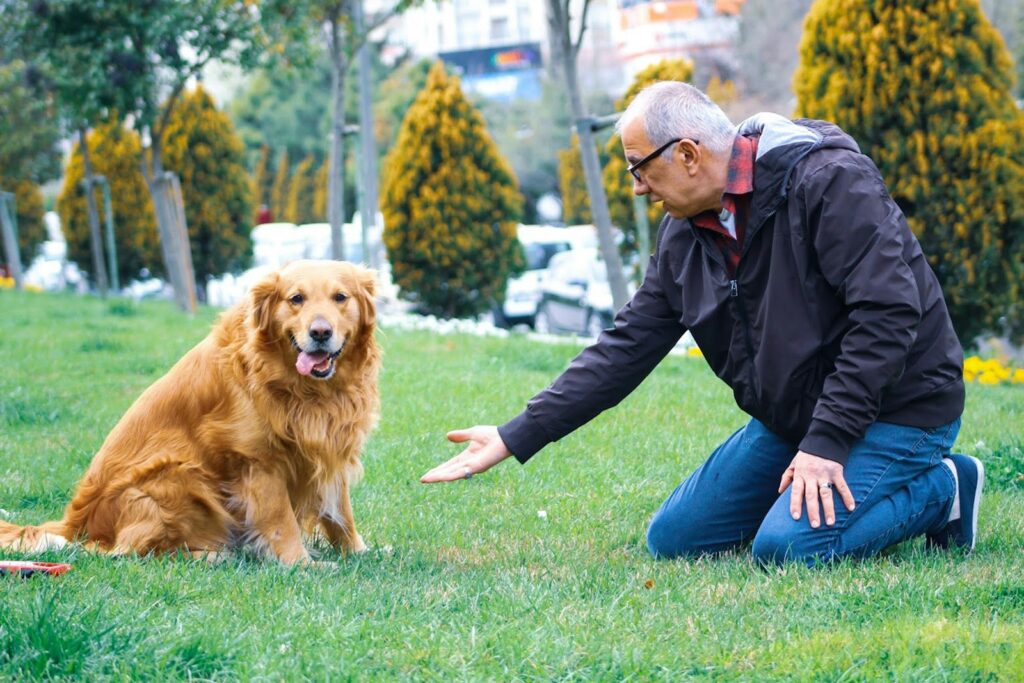
Photo by adam hilles on Unsplash
What NOT to Do With a Reactive Dog
Before we wrap up, let’s address some common mistakes that can make reactivity worse:
- Don’t punish reactivity—it just adds more stress and can make your dog more fearful of their triggers. Yelling, yanking the leash, or using prong collars often escalates the situation.
- Don’t flood your dog with triggers—forcing them into uncomfortable situations hoping they’ll “get over it” usually backfires. This approach can increase fear and make recovery take longer.
- Don’t ignore early warning signs—stiff body language, hard stares, and panting are all signals that your dog is getting stressed. Learning to recognize these signs helps prevent full reactive episodes.
- Don’t go it alone—while there’s plenty of information online, working with a professional trainer who understands reactive dogs can speed up your progress and prevent common mistakes that set training back.
Remember, reactive dog training is a process, not a quick fix. Some dogs show improvement within weeks, while others need months of consistent work. The key is staying patient and celebrating small victories along the way.

Dog Owners, It’s Time to Call Ruff House Dog Training!
For those who want a personalized approach, nothing compares to a customized training plan with Ruff House Dog Training. During your sessions, we’ll evaluate your dog’s unique triggers, your daily routines, and your goals. Then we’ll create a clear roadmap tailored specifically for your pup. No cookie-cutter advice—just strategies that fit your lifestyle and your dog’s needs.
We give you the knowledge, structure, and confidence to stay consistent long after the session ends. Because reactive dog training isn’t just about getting through today’s walk—it’s about building a calmer, happier future for both of you.

